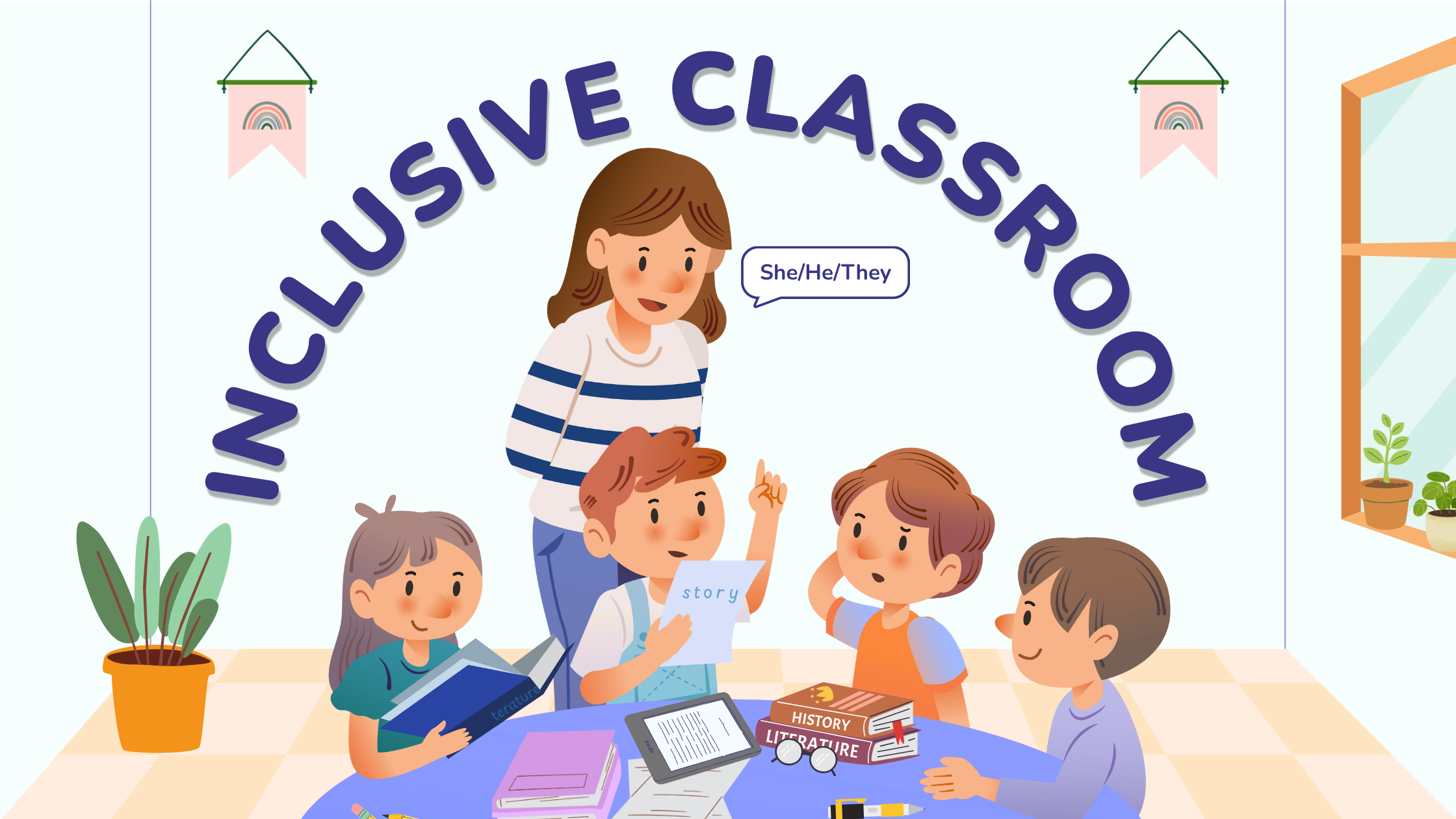In our previous blog, we explored the importance of inclusivity, mindful communication, and inclusive education, along with ways to implement them.
Now, let’s dive into practical tips for creating an inclusive environment through actionable steps for schools and their key ‘influencers’—teachers:
1. Reflect on Classroom Language:
>Use Gender-Neutral Terms: Refer to professions and roles with gender-neutral terms, such as “firefighter” instead of “fireman.” Choose to use “they” instead of “he/she” when the gender is unknown or irrelevant.
>Stay Informed: Regularly read articles, books, and attend workshops on inclusive language and diversity.
>Understand Sensitivities: Learn about the cultural, social, and personal sensitivities of your students.
2- Diversify the curriculum:
>Update Curriculum: Include literature, case studies, and examples from diverse authors, cultures, and communities. Also, incorporate a mix of genres and voices, such as LGBTQ+ literature, narratives by people with disabilities, and stories from underrepresented communities.
>Cultural Passages: Include passages from cultural celebrations and events, such as Black History Month and International Women’s Day, in English test papers to expose students to diverse perspectives.
>Facilitate Debates & Group Activities: Encourage critical thinking and empathy by organizing debates and designing group activities to encourage collaboration among students from diverse backgrounds.
3- Invest in Professional Development:
>Online Courses and Workshops: Enhance your knowledge about inclusivity and diversity in the classroom by participating in online courses and workshops.
>Collaborative Learning: Engage in conversations with fellow teachers to share mutual learnings and through discussion forums.
>Read Expert Literature: Read books and academic articles by experts in the field of diversity and inclusivity.
4 – Encourage Dialogue Among Peers:
>Set Ground Rules: Establish clear ground rules for respectful communication and active listening to ensure a safe and supportive environment.
>Role-Playing Activities: Use role-playing activities to help students empathize with others’ experiences and viewpoints.
>Reflection Journals: Have students keep reflection journals to write about their thoughts, feelings, and experiences.
These are just a few tips to start your journey towards being more mindful and inclusive.
Inclusivity is essential for creating a supportive and enriching learning environment where every student feels valued and empowered to share their unique perspectives. By embracing diversity and fostering respectful communication, educators can help shape a more understanding and empathetic future.






